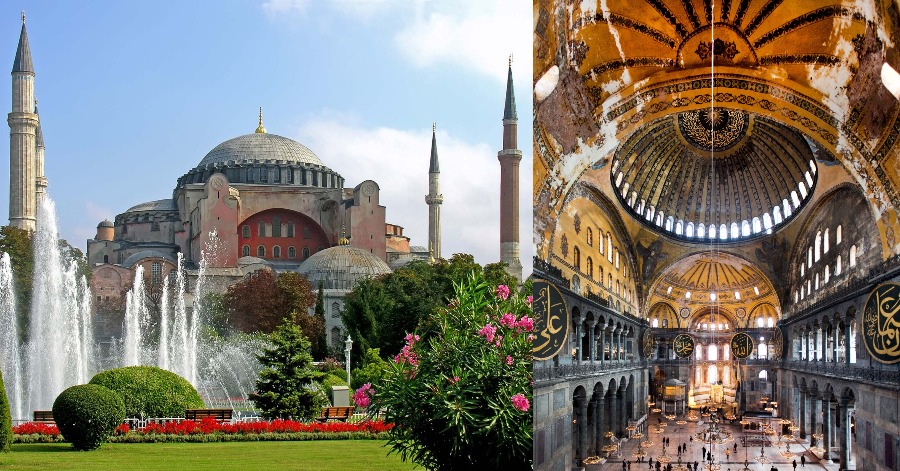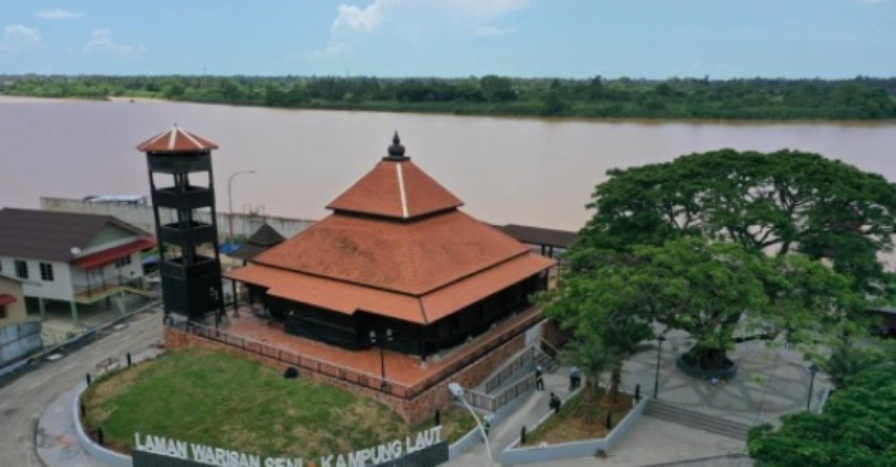Hagia Sophia officially known as the Holy Hagia Sophia Grand Mosque and formerly the Church of Hagia Sophia and formerly museum is a Late Antique place of worship in Istanbul, designed by the Greek geometers Isidore of Miletus and Anthemius of Tralles. Got built in the year 537 as the patriarchal cathedral of the imperial capital of Constantinople, it was the largest Christian church of the eastern Roman Empire and the Eastern Orthodox Church, except during the Latin Empire from 1204 to 1261, when it became the city’s Latin Catholic cathedral. In the specific year 1453, after the Fall of Constantinople to the Ottoman Empire, it was then converted into a mosque.
In 1935, under the direction of Mustafa Kemal Atatürk, the secular Republic of Turkey established it as a museum. Recently in the year 2020, under the direction of Recep Tayyip Erdoğan, it then got re-opened as a mosque. According to history, Erdoğan has always seen himself as the leader of the Muslim umma. He indeed seeks to regain the glory of the Ottoman Empire, whose cherished conquests have parallels in present Turkish actions.
@hidsofficialHagia Sophia Part 1#sejarah #foryou #fyp #hids♬ Kiss the Rain – Richard Abel
@hidsofficialReply to @hidsofficial sekularisme kemal ataturk♬ Kiss the Rain – Richard Abel
As Islam was the central religion of the Ottomans, the Hagia Sophia was renovated into a mosque. As part of the conversion, the Ottomans covered many of the original Orthodox-themed mosaics with Islamic calligraphy designed by Kazasker Mustafa İzzet. The panels or medallions, which were hung on the columns in the nave, feature the names of Allah, the Prophet Muhammad, the first four Caliphs, and the Prophet’s two grandsons.
The mosaic on the main dome which is believed to be an image of Christ was also covered by gold calligraphy. A mihrab or nave was installed in the wall, as is a tradition in mosques, to indicate the direction toward Mecca, one of the holy cities of Islam. Ottoman Emperor Kanuni Sultan Süleyman installed two bronze lamps on each side of the mihrab, and Sultan Murad III added two marble cubes from the Turkish city of Bergama, which date back to 4 B.C. Four minarets were also added to the original building during this period, partly for religious purposes for the muezzin call to prayer and partly to fortify the structure following earthquakes that struck the city around this time.
Sources: TikTok hidsofficial, Muze.









Leave a Comment